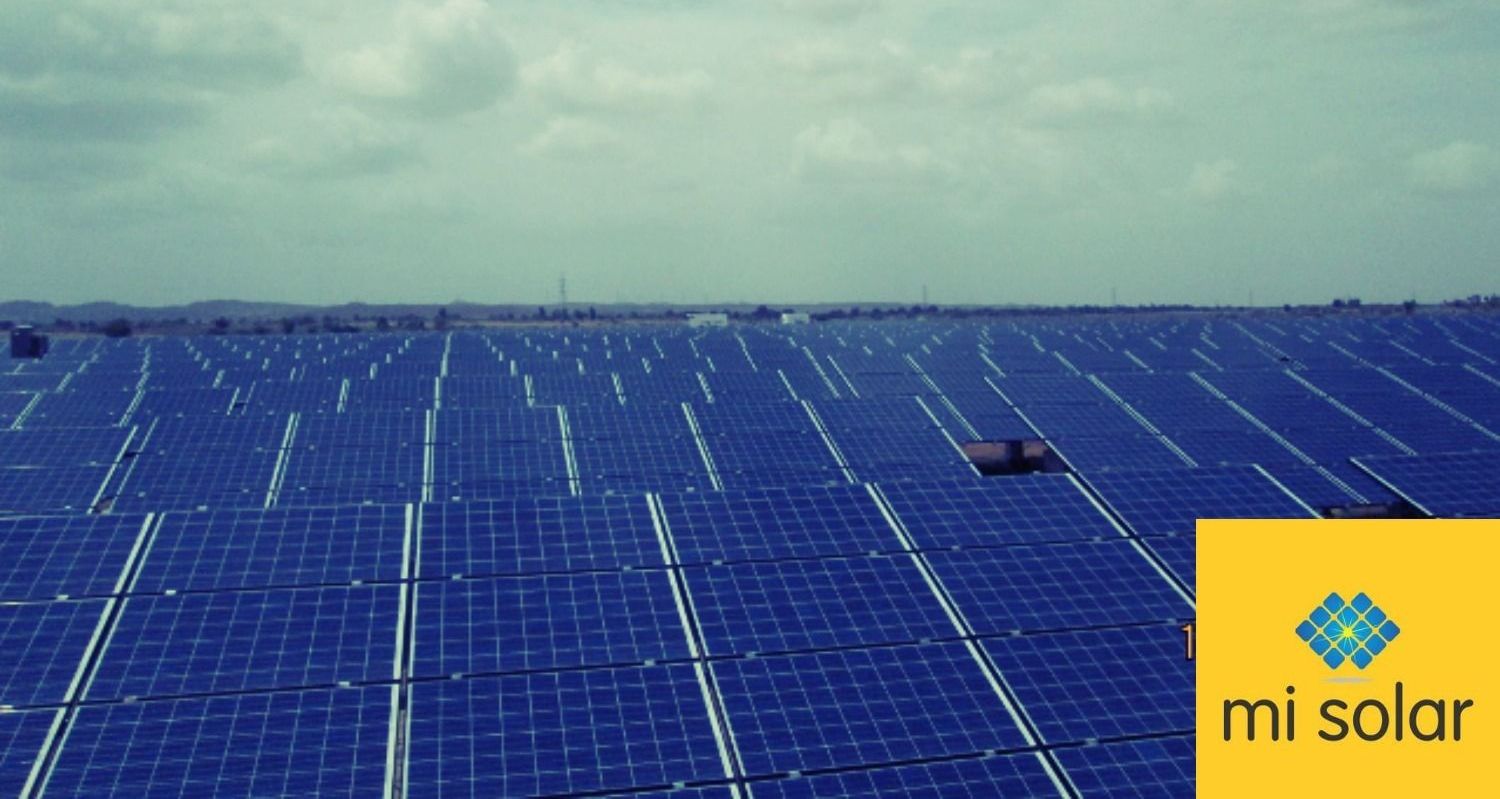India’s solar industry is one of the top three markets globally with energy prices rising at a steady pace. Solar power solutions is a multibillion-dollar opportunity for the country but recent developments suggest a decrease in the growth of installations due to policy and execution issues in 2018.
Our country receives 300 days of sunshine each year, India has a huge potential for being a global solar superpower. Rooftop installations have become a new norm that may cater to future opportunities for solar power.
Emergence of Rooftop Installations in India
According to statistics, India has installed only 26% of 100 GW solar installation as per the target set for 2022. In this, large scale projects account for around 89% and rooftop installation account to only 11%.
To control the numbers of rooftop installations in order to achieve its target of generating 100 GW of solar energy by 2022, authorities have started to install solar parks on unused lands across the country.
Finding land in a densely populated country like India is a difficult job. With this issue in mind, rooftop solar panels tend to be the ultimate solution.
Delhi introduces new Virtual Net Metering Policy 2019
The Delhi Electricity Regulatory Commission (DERC) has recently revised its Solar Policy 2016 to increase rooftop solar energy growth in India. This policy focuses on motivating people to choose rooftop solutions in day-to-day life.
Virtual net metering: Meaning
According to the Solar policy 2016, the DERC has added group net-metering and a virtual net-metering framework. Now the question arises, what does it even mean?
Virtual net metering is an arrangement where people without a roof can get access to the solar net metering facility.
Along with government bodies, this system is also available to consumers with a minimal fee of Rs 1000. According to the policy, the distribution companies (DISCOMs) will pay for the installation and the bills will clearly enlist the imported, exported and carried forward energy units such as to form transparency between both DISCOMs and consumers.
Global warming is a global concern, many countries are switching to green energy. In India, Delhi being the most polluted state, this technology might help to attain reliable solar energy and also reduce toxin levels.
Statistics
Countries like Germany and USA are taking step towards progressive solar power sector to encourage people to generate their own electricity and save money. In California, it is mandatory to install solar panels in every new residential building from 2020.
The government of India is also aggressively moving towards complete solarisation by raising awareness about the benefits of the solar rooftop.
Delhi has a solar energy potential of 2GW, with its 35.9 MV of solar rooftop capacity, the national capital is capable of generating 3MV though rooftop installations. With flexible net-metering schemes, consumers can sell their excess solar energy to the grid.
Delhi has already kick-started with its initiative to adopt green energy with new policies, incentives and programs for its consumers. The country’s solar energy hitting high at 3 GW, it’s important that more and more states join hands in making India solar zoned!
Benefits of rooftop solar energy
- Rooftop solar energy is the best initiative to tackle climate change.
- Rooftop solar system contributes towards being ‘eco-friendly’.
- Solar power solutions are incredibly efficient.
- Easy to install.
- Requires minimal maintenance.
- Solar panels have zero emissions.
- Saves money with fewer electricity bills.
An urge to make India Solar Powered in 2019: Brief Forecast
By 2019, India is expected to add 10 GW to 15 GW renewable energy capacity majorly in generating solar power. The current year seems to be promising for solar panel installation.
Following are some predictions for the Indian solar sector for 2019.
- Increasing solar capacity
Development of solar energy parks and achieving operational status will be a huge reason to increase solar capacity in 2019.
The government will continue its efforts to spread awareness on rooftop solar systems. With this, India is expected to add around 2 GW solar power.
With floating solar projects gaining popularity about 80 MW of solar energy is expected to be attained. This will help in highlighting India’s solar mission and also protect marine life.
Also, with the introduction of high-performance mono PERC (Passive Emitter Rear Contact), PERC solar cells are replacing the standard cells. PERC is the latest technology built to achieve higher energy conversion efficiency.
Energy store market will get a huge leap with rooftop solar projects that are made applicable for residential, commercial and industrial purposes.
Predicting India’s achievements for 2019, states like Rajasthan, Andhra Pradesh, Karnataka, Tamil Nadu are expected to generate 75% solar power in the current fiscal year.
Loopholes along the way!
Global solar panel prices have witnessed a fall of 84% since 2010 and are expected to fall by another 52% by 2025.
With new opportunities, there are many challenges that need to be overcome including power evacuation, distribution issues, falling prices of solar equipment and ineffective solar policy are some challenges that hinder the country’s growth in solar energy.
With 5% ease in GST rates for solar power projects, the government continues to promote and encourage domestic manufacturers through CPSU (Central Public Sector Undertakings) schemes.
Price issues
India imports nearly 90% of its solar cell and module equipment from China, Malaysia and Taiwan.
25% of safeguard duty is imposed on solar cells imported from China and Malaysia. Also, the falling value of the rupee adds up to the importing rates. Thus, the government is trying hard to reach locals to actively participate in generating solar power.
The solar industry in India is a wide sector, the government needs to work towards prioritising the solar industry and introducing effective policies. As responsible citizens, we need to support the government’s motives and choose for reliable solar energy.
Keeping high hopes for the next Union Budget!
